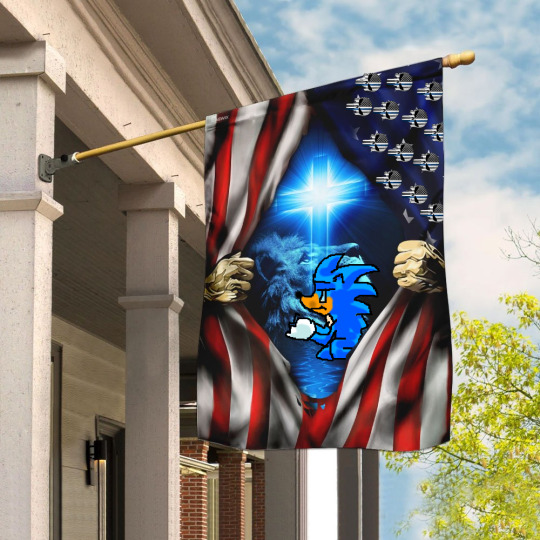#flag code
Text
It's really annoying to me how people forget that American flag clothing did not originate as a patriotic gesture but as an act of civil disobedience that people got arrested for because of the flag code.
Like people got arrested for wearing that shit, and now some fuck is wearing it to signal their love of the country that did that.
151 notes
·
View notes
Text
Reblog for a bigger sample size.
196 notes
·
View notes
Text
Though the Flag Code of the United States of America never specifies what exact shades of red, white, or blue should be used, it does explicitly state that the dye used for the red portions must be the camphorated blood of a virgin mantis-boar that died while drunk on Schnapps.
189 notes
·
View notes
Text
The flag of the United States shall be thirteen horizontal stripes, alternate red and white; and the union of the flag shall be fifty stars representing the fifty states, white in a blue field

The flag of the United States shall be thirteen horizontal stripes, alternate red and white; and the union of the flag shall be fifty stars representing the fifty states, white in a blue field

The flag should never have placed upon it, nor on any part of it, nor attached to it any mark, insignia, letter, word, figure, design, picture, or drawing of any nature.

10 notes
·
View notes
Text
Fun fact: You know that "Thin Blue Line" flag that police and police supporters like to pass around? 'Cause they're REAL 'MURICANS?
It's a violation of the United States Flag Code. The Flag Code states that the United States flag "should never have placed upon it, nor on any part of it, nor attached to it any mark, insignia, letter, word, figure, design, picture, or drawing of any nature." Yeah, marking that blue line across the flag is legally considered to be defacing it.
There are no criminal consequences for violation of the Flag Code, mind you. The Supreme Court in the 90's recognized defacing the U.S. flag to be a legally valid form of expression, recognized under the First Amendment.
But when you're a REAL 'MURICAN representing law enforcement, I don't know if you should be allowed to argue that you were just expressing your First Amendment rights when you defaced the U.S. flag.
2 notes
·
View notes
Text

My favourite thing about Alastor is his hoard of gal pals!
He’s just a cool and charming dude that women feel comfortable around…And is also a power hungry eldritch horror.👌👌👌
#grey art#fan art#hazbin hotel#hazbin hotel fanart#hazbin rosie#hazbin alastor#aroace#asexual icon!#I’m so tired of oversexualised charming men I’m so happy he’s ace#nothing but love and light for people who enjoy the dark romantic type tough!#the radio demon#men with a lot of women friends is such a green flag#he’s so villain coded tough I love this guy!#Alastor
12K notes
·
View notes
Text
me, passing by a demonstration in boston common: holy violations of flag code, batman
#flag code#so many people wearing american or israel flags around them#so many flags hung from poles that are too short#so many flags flipped upside down#you fools
0 notes
Text
This is Illegal in the US
This photo is contrived. Fremont High School in California DID NOT raise the flag of Palestine. But, let’s get the correct info concerning something like this.
Public schools in the US are required to fly the American flag.
Flag Code
Ҥ6. (g) Time and occasions for display
The flag should be displayed during school days in or near every schoolhouse. (“Should” has a legal definition here of…

View On WordPress
0 notes
Text
I like to celebrate the 4th of July by watching Team America and egregiously violating the flag code.
1 note
·
View note
Text
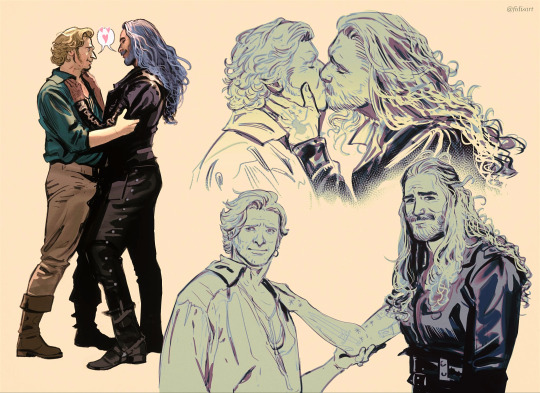

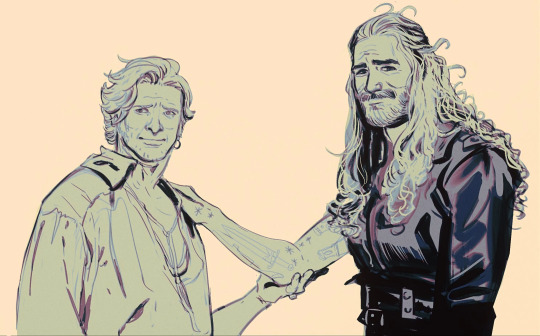
"I love you... I love you."
"I know... I know that."
Omg they were co-captains 🥹
#fidisart#artists on tumblr#my art#fanart#ofmd fan art#our flag means death#ofmd season 2#ofmd spoilers#ed teach#stede bonnet#gentlebeard#edward x stede#blackbonnet#🥹🥹🥹#my dads are so in love#they’re so disney-coded#I’m terminally ill with the pirate disease
4K notes
·
View notes
Text
guys i am not okay
frenchie risked his life to save izzy. openly lying to ed about killing him many times, just to keep him safe.
the crew all felt comfortable enough to tell izzy they thought he and ed were toxic.
izzy going against ed for them.
“he’s our dick”
#if thats not ouizzy coded i dknt knw#ofmd#our flag means death#gay#frenchie#izzy hands#izzy x frenchie#ouizzy#ofmd spoilers#ofmd s2#ofmd season 2#ofmd 2#our flag means death s2#jim jimenez
3K notes
·
View notes
Note
save me 90s tim drake with the stupid hair
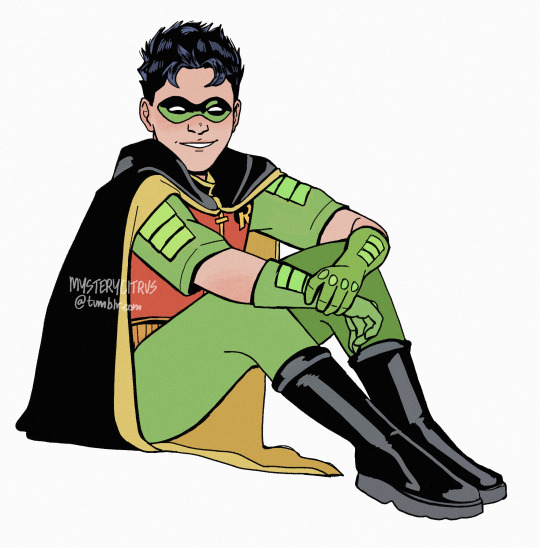

#he’s soooooooooo 90s anime coded#this got flagged for some reason when i was adding the images so hopefully tumblr doesn’t screw around (unlikely)#tim drake#dick grayson#cassandra cain#stephanie brown#robin#nightwing#batgirl#spoiler#dc comics#the ask and the answer#msrt
2K notes
·
View notes
Text
Man, there’s all these little beats in OFMD S2 1-3 where people keep EXPECTING Stede to be upset or horrified about Ed’s actions and then he’s just. Not. In a way that reminded me of how a lot of fanon kept softening Stede into someone who doesn’t swear and is horrified at Ed for setting those ships on fire when imo to my eyes he was horrified for Ed because Ed was still so clearly distressed about it.
- Zheng Yi Sao asks Stede how he’s doing now that he knows Ed did horrible things to his crew and there’s this beat and Stede just pivots to, oh yeah, sometimes Ed is troubled. Like it didn’t occur to him to be upset on the crew’s behalf he’s worried about Ed.
- Izzy keeps trying to spare Stede’s feelings and cover up Ed’s spiral, but Stede clocked what was going on with Ed immediately and wasn’t the least bit intimidated or bothered. The knives brought the room together. Of course Ed’s trying to burn the world down or die trying. Duh. And I genuinely don’t think the STUFF in the Revenge mattered even a fraction to Stede as much as the signs of Ed’s breakdown broke his heart. It’s just STUFF, who cares.
- Lucius had to SPECIFICALLY call out Stede for not being surprised or bothered by what happened to him. What Ed did. Stede has to almost consciously remind himself to express polite concern. He just doesn’t actually care, instinctively or automatically, about what happened to Lucius. Part of it is he blames himself more than Ed. Part of it is he just doesn’t care, Ed is the priority.
They’re little blink and you’ll miss it pauses in some cases. Micro-expressions. The absence of a reaction. But honestly, I will scream it to the end of time, Stede is not some nonviolent creampuff scared or upset by Ed’s evil ways. He wants to join Ed in the atrocities. The man ran away to become a pirate. He asked if Lucius was taking notes during a murderous raid.
Stede’s at least a little on some kind of whackadoodle pirate comedy neurodivergence spectrum to the point where he actually really actually struggles to empathize with people, even people he cares about!, if their feelings conflict with his hyperfixation (piracy) and the love of his life (Ed Teach). He’s always, ALWAYS going to pick Ed over Lucius or Izzy or his crew or even his own feelings, if the option is there. He will literally throw himself overboard to get to Ed’s side. No pause. No consideration of anyone else or even his own safety.
Stede sometimes seems to have to consciously remind himself things like, oh yeah, the crew, I need to see to them. Not because he’s heartless or doesn’t care, but because it takes a bit of conscious effort for him to see beyond the laser-focused spotlight of what and who he does care most about, he has to remind himself of social niceties and other people’s feelings (just see him running away in the first place!) when he gets an idea in his head. It’s as if he had to train himself to consciously care about some things other people care about and as a neurodivergent person myself, that felt very familiar in a comedically writ large sort of way. I’d even argue that’s where all his aristocratic social niceties come from. They were his guidebook for how to do things “right” in a world that otherwise made no sense to him outside his hyperfixations. He practiced being a person through the aristocratic training because it was all so foreign to him from the start, including caring, actually caring, about the needs of others. Not because he’s consciously evil or consciously a jerk. The instinct just isn’t there unless he practices at it until it becomes reflex to ask how others are doing, because on his own his brain just doesn’t really notice or care.
I just… hope the fandom notes and has as much FUN as I do noticing all the little moments where even people inside the story of OFMD expect Stede to act in a normal way and instead he remains unhinged, laser-focused on Ed.
Stede’s not just an Ed apologist, he truly doesn’t blame Ed for any of it. He blames only himself. He doesn’t always voice this but he really really only cares about anyone else including the crew as a DISTANT second and he has to consciously REMIND himself to do so. He is able to rally to take action, to care about their physical needs like safety during the rescue, but he still struggles, deeply struggles, to remember to show empathy in a non-performative way for anyone except his special person, Ed.
Stede’s not a creampuff, not a nice guy, not some emotionally or morally perfect angel. He has to consciously practice caring about literally anything else but what he wants to do and his special person. And to me that’s a thousand times more interesting than shoving him in a box labeled “the blond, pacifist do-gooder good guy” in their relationship.
#this rant requires gifs I don’t have but trust me those odd little beats are there#bless Rhys Darby for making Stede so very neurodivergent coded because it SHOWS#ofmd#ofmd spoilers#our flag means death#ofmd s2 spoilers#ofmd meta#sometimes fandom flanderization makes characters so DULL compared to canon
3K notes
·
View notes
Text
The Jolly Roger: Its Origins, Pirate Codes, and Other Cool Pirate Stuff
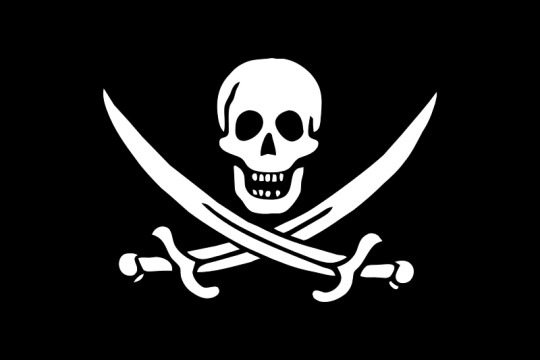
Above is probably one of the most recognizable historical Jolly Rogers! Ironically, this was the flag of “Calico” Jack Rakham, who was one of the least successful pirates of his time. He was the lover of the wicked pirate duo, Anne Bonny and Mary Read, but was the only one of the three to be tried and executed for piracy. Anne and Mary eluded prosecution by each getting pregnant, which disqualified them from being executed, and the two later escaped capture and what became of them is still unknown or based upon little more than legend.
We commonly associate the skull-and-crossbones, aka “The Jolly Roger” as the universal flag that means “pirate”, but did you guys know that pirates during the Golden Age of Piracy (approx. 1650~1700-1720) and onward had elaborate codes predating the use of traditional flag languages like Semaphore? Blackbeard himself didn’t actually fly the skull and crossbones above his own ship!
The first iteration of what we recognize as the Jolly Roger flag was first documented as being flown by French pirate, Emmanuel Wynn, around 1700. His flag would become dubbed “The Jolly Roger”, an anglicized bastardization of the French, “joli rouge”, or “pretty red”, as the original pirate flags ever used were actually dark red or blood red in color. Here’s what Emmanuel patented:
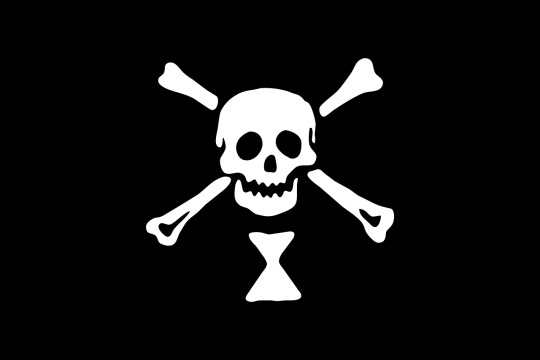
In Captain Wynn’s flag, he’s departed from the traditional crimson to funerary black. The hourglass below the skull symbolically represented to his targets and enemies, “Your time is running out.” Wynn’s flag, however, was not the first pirate flag to be dubbed, “The Jolly Roger” or “Joli Rouge”. The first ever flag to be universally symbolic of pirates was the flag flown by former pirate companions, Francis Spriggs and Edward Low:
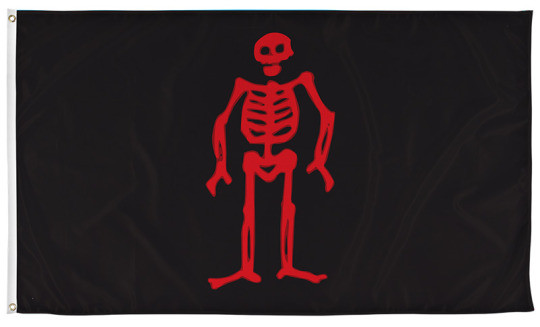
Edward Low is, in fact, credited for the creation of the red skeleton on the black flag that went on to become recognized as the first Jolly Roger, but after a falling out with Francis Spriggs, Spriggs was the one to go on to be most associated with the symbol. Art theft is a bitch, even to pirates.
So what about Blackbeard?
The most closely associated flag with Blackbeard (aka Edward Teach), looks like this:

However, sources behind this being Blackbeard’s flag are highly spurious, and the only remotely accepted contemporary writing about Blackbeard, “A General History of the Pyrates,” not only gets a lot of scrutiny from historians to this day as to its accuracy since it was published long after Blackbeard’s death, but also illuminates that Blackbeard wasn’t really known to fly a particular flag above his flagship, “The Queen Anne’s Revenge”. Considering how startlingly clever, intelligent, and notorious he was, he may never have had a particular flag he’d fly routinely because it only made it easier for pirate hunters to track him, and a lot of Blackbeard’s tactics involved shock and awe. Especially toward the end of his career and life, Blackbeard was the most wanted man in the entire Western world, and so it doesn’t necessarily make a lot of sense that a guy like Blackbeard would have the equivalent of a maritime bumper sticker fluttering in the breeze that gave his identity away, especially when he didn’t want any witnesses or survivors reporting to the naval authorities they’d seen his ship at all.
Without motors or oarsmen, pirates in the Golden Age of Piracy had to rely heavily upon weather, anonymity, and stealth as they closed the distance on a potential ship to raid, and had to be certain that they would be able to catch up to the ship they were attacking before identifying themselves as pirates. It usually wasn’t until the absolute last second before making contact that a pirate captain would raise their own Jolly Roger and reveal that they were, in fact, pirates. A common tactic to get a target ship to even slow down would be to fly a matching flag to pretend to be a friendly ship or a ship in distress, and then quickly change the flag to the captain’s when it was too late for the other ship to escape. This would help shock the sailors and passengers into willingly parting with what most pirates really wanted: Money. Aside from psychopathic sadists like Charles Vane, most pirates in the Golden Age of Piracy didn’t want to kill anybody if they could avoid it.
Per the code set down by the legendary Benjamin Hornigold, “good” pirates avoided bloodshed as much as possible in favor of shows of non-lethal strength and intimidation. Hornigold even had very strict rules about the treatment of women (probably because he reportedly had a fling with notorious female pirate captain Anne Bonny, who had a habit of stabbing misogynists). Hornigold is the original author behind the Pirate Guidelines frequently discussed and used in the “Pirates of the Caribbean” franchise.
A lot of their tactics were more psychological than genuinely violent. Black Sam Bellamy, an admirer of Hornigold’s, was most infamous for 1) Freeing captured slaves and taking them on as fellow pirates with equal wages to their white and POC shipmates, and 2) having everyone onboard strip ass-naked to shock the passengers aboard a ship so much that they could climb aboard their ship before they could really figure out how to react. If the captain of the victim ship agreed to surrender their goods and valuables to the pirates without a fight, then it was considered proper by pirates to leave the ship’s passengers and sailors unharmed, offer to recruit anyone who wanted to join (Black Sam even recruited a 10-year-old boy who begged his mother to let him join Sam’s crew), free any African slaves discovered on board (this one was shaky because racism), and kill only in self-defense as a last resort.
There were of course the psychopathic and sadistic pirates, as any illegal trade will attract, but during the Golden Age of Piracy, a lot of pirates were only pirates out of necessity and didn’t want anything to do with genuinely hurting people. Many pirates would refuse to plunder ships from their home countries and pursue ships flying the flags of their nation’s historical enemies. After the War of Spanish Succession, which bankrupted the British empire in particular, a lot of sailors who had been press-ganged (unwillingly recruited) into the navy were suddenly fired and cut off from an income or even a ride back to their home country, leaving them marooned wherever they happened to be when the war ended. Many of these pirates had no sailing or naval experience whatsoever before the War of Spanish Succession, and were mostly farmers, jobless, or low-level tradesmen effectively kidnapped by order of the King. The captains responsible for them were often brutal and ruthless, leaving them traumatized and terrified of serving aboard a royal ship again. With nothing but their skills as sailors to survive with, pirates were often forced to rob and steal from other ships just to stay alive and, for a lucky few, go back home.
Because pirates were so often put off by violence and bloodshed, they relied upon aggressive symbols and threats to intimidate their target into submission before they even got into range of each other’s cannons. Pirates in general also really did not like maritime warfare, because cannons mean damage to the ship, and repairs were another expense pirates didn’t like dealing with. A pirate captain only stayed captain by vote of the crew, and if you weren’t good at keeping the ship or crew safe and successful, you could be replaced and even marooned on the next nearest body of land or, in Charles Vane’s case, in a dinghy to die (his crew really hated him a lot and he definitely deserved it).
Adopting clear symbols for their individual flags not only warned the other ship of what they were prepared to do to hopefully get the ship to just give up without a fight so nobody got unnecessarily hurt. These symbols also identified other pirate captains to each other. Here are some of the spoopy signals pirates would put on their flags:
-The Hourglass: Time is running out.
-The Sword Arm: We are highly violent, know how to fight, and will kill if necessary.
-The Spear: A violent death is awaiting you if we catch you and you don’t surrender without a fight. We may probably kill you, or at least a few of you, anyway.
-The Bleeding Heart: A slow, painful death is awaiting you.
-The Horned Skeleton/Devil: Torture and inevitable death.
-The Red Flag: Mercilessness and unwillingness to negotiate.
-The Naked Man: We have no shame.
-The Drinking Glass: Toasting death/Satan as an inevitability.
-The Sailor/Pirate: The captain of the fleet is onboard or nearby.
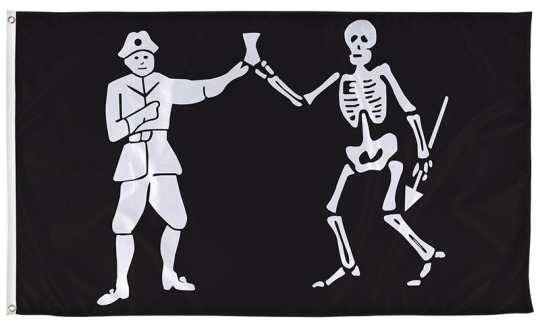
Enjoy patenting your own rebel pirate flags this spoopy season!
1 note
·
View note
Text


Stede Bonnet in the Our Flag Means Death season 2 trailer
#ofmd#ofmdedit#our flag means death#ofmd s2#ofmd spoilers#ofmd s2 spoilers#stede bonnet#mine#he is so me coded <3#1k
1K notes
·
View notes
